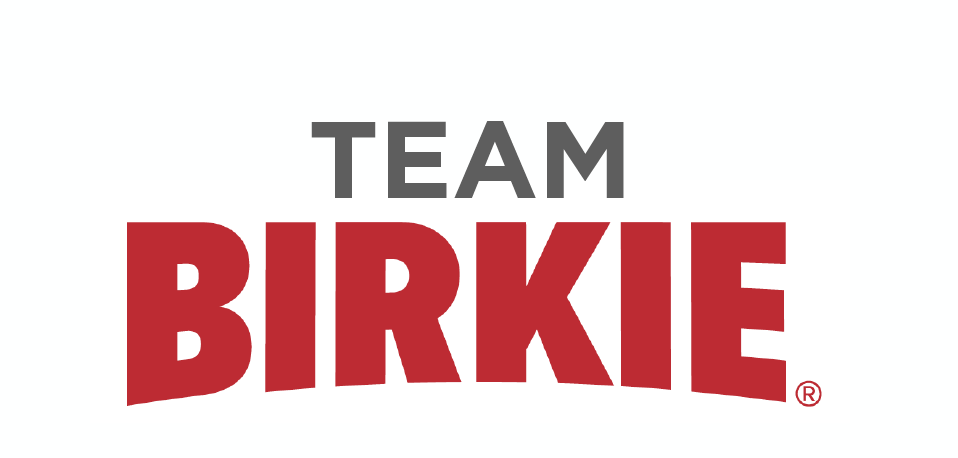Altitude Camp w/ Alayna
Alayna Sonnesyn checking in.
I’m wrapping up three weeks of altitude training camp feeling tired, full of gratitude, and finally adjusted to life at 8,500 ft. Team Birkie traveled out to Steamboat Springs, CO a few weeks ago for a two week camp. Training at altitude is super valuable as endurance athletes because it allows our bodies to adjust to living with less oxygen than we’re used to. It forces our bodies to figure out how to do more with less. Initially, the altitude doesn’t feel like a big deal and oftentimes the first 24-72 hrs at high altitude don’t feel too different. Then the body catches up and realizes that it has to work extra hard to keep up with the high demands of operating with less oxygen. This is why some athletes can get over excited the first few days at an altitude camp. Then their bodies catch up around day four or five and they feel incredibly exhausted, fatigued, and unable to get their body going for a hard stimulus.
After about a week at altitude, the body is starting to adapt. That’s usually when I start incorporating intervals back into my training plan. I am extra cautious during these sessions though and don’t push for as much “on time” as I would at sea level. I also adjust to shorter interval times and shorter rest, giving myself the ability to keep it super controlled. For example, if I were to do 6x10 minutes of L3 with 3 2-3 minutes of recovery at sea level, then my first workout at altitude I’ll do 8-10x5 minutes of L3 with 1-2 minutes of recovery. The intervals aren’t as long so I never get carried away, but the rest isn’t as long either so I keep the stimulus moving.
I also like to incorporate speeds into my training plan at altitude camp because it’s a great way to keep the body moving fast without pushing too hard. However, it’s rare that I incorporate too much L4 or hard intensity while in the mountains. I find that the benefit from a stimulus like this isn’t worth the fatigue that pulls away from the quality of other sessions. So aside from 1-2 L3 sessions and some speeds, the rest of the week is full of easy distance.
A three-way birthday party!
Team Birkie was together for two weeks in Steamboat Spring. It was great to train as a team and explore some new training spots together. In my experience, I find that I respond to an altitude camp the best when it’s about three weeks long. So after Team Birkie traveled back to the Midwest I made my way to Silverthorne, CO where I met my dad and boyfriend for the last week of my camp. It’s really amazing to have a support system that allows me to create a plan that works best for me. I had a great time with the other Team Birkie athletes and then felt really loved by my family for helping me get the work done for the last week.
After wrapping up these three weeks at altitude, then the fun really begins. It’s sad to say goodbye to the beautiful mountains, sunny skies and dry air, but after a few days of rest back at home in Minneapolis, then I get to jump into an intensity week. Because my body has spent three weeks adapting to less oxygen, I can get back to the Midwest and feel like a superhuman. I get to do longer intervals, more intervals, and harder intervals, almost everyday for an entire week! It isn’t easy, but it’s the kind of type two fun that gets any endurance athlete excited. So here we go, time for the magic to happen!






